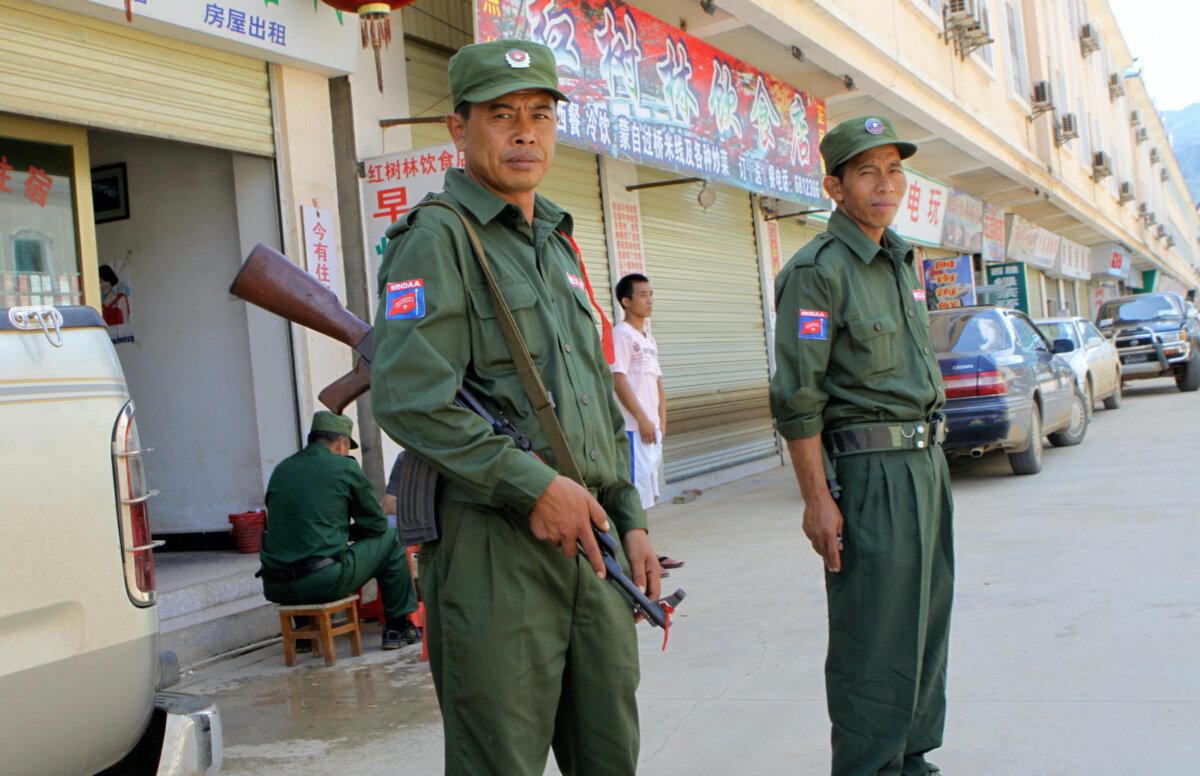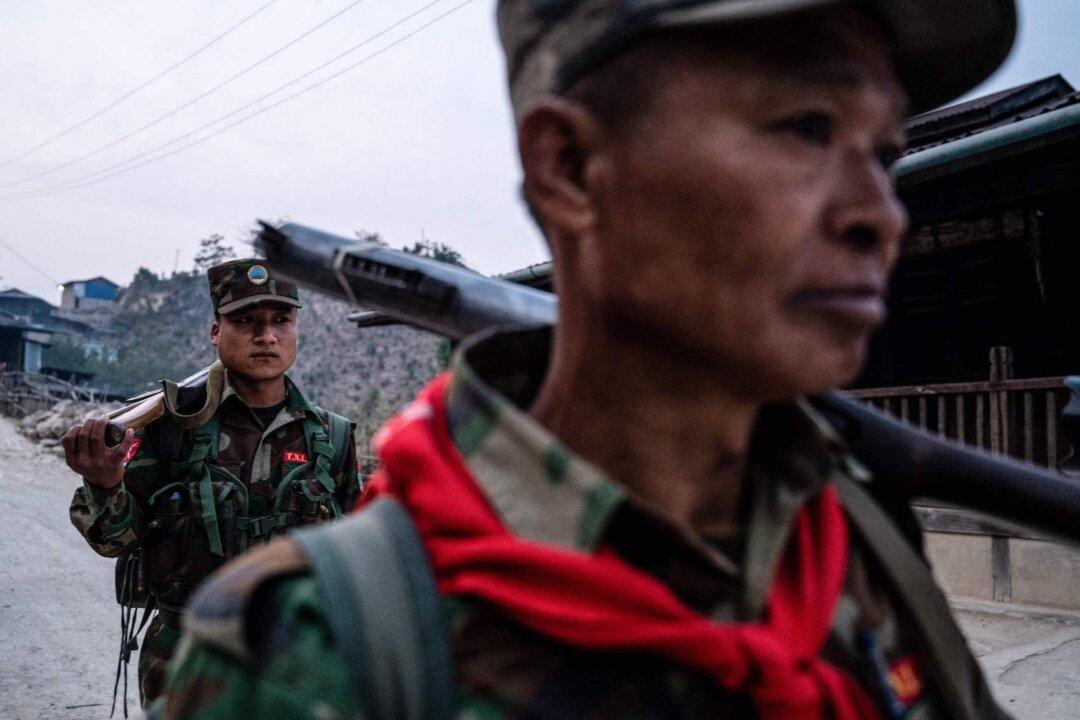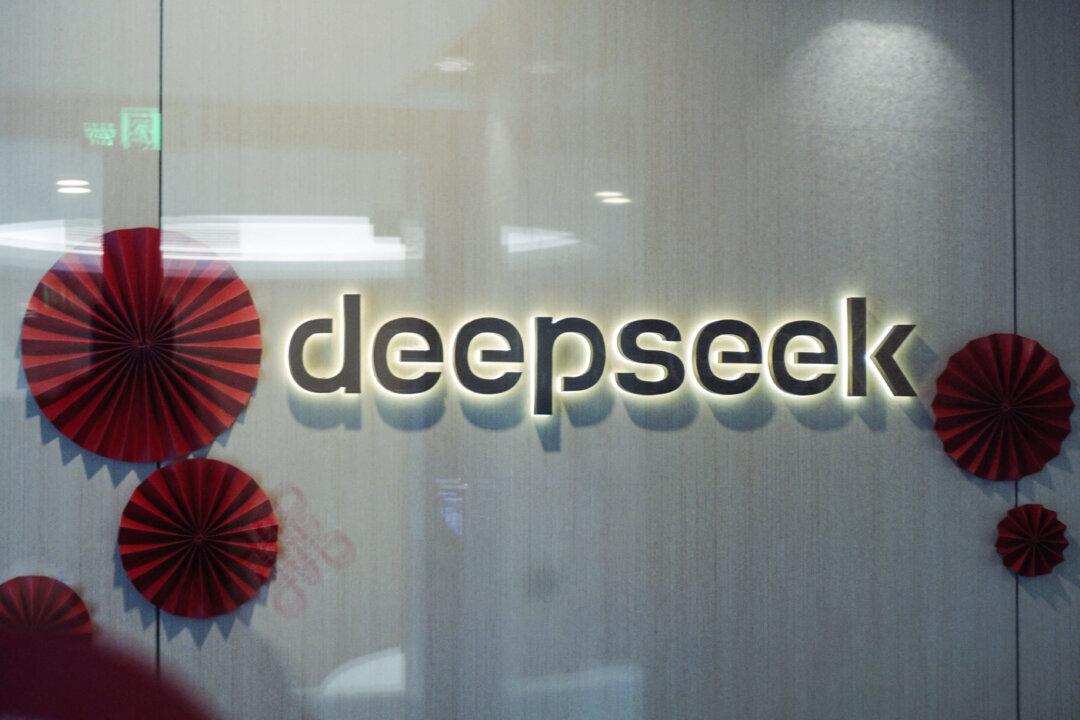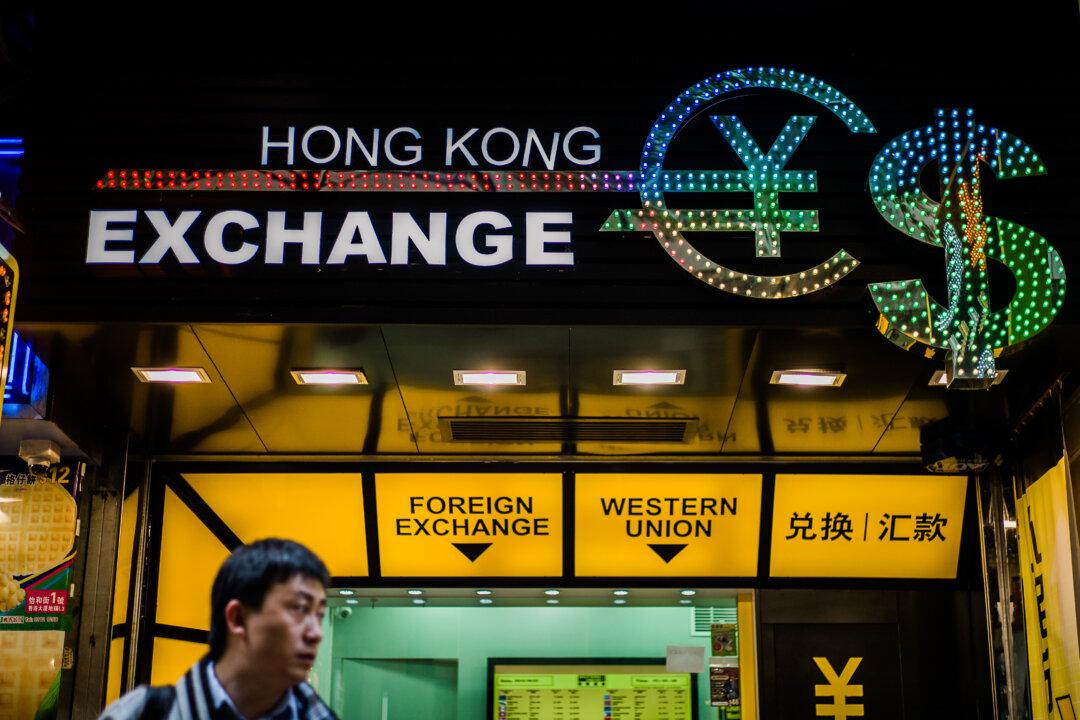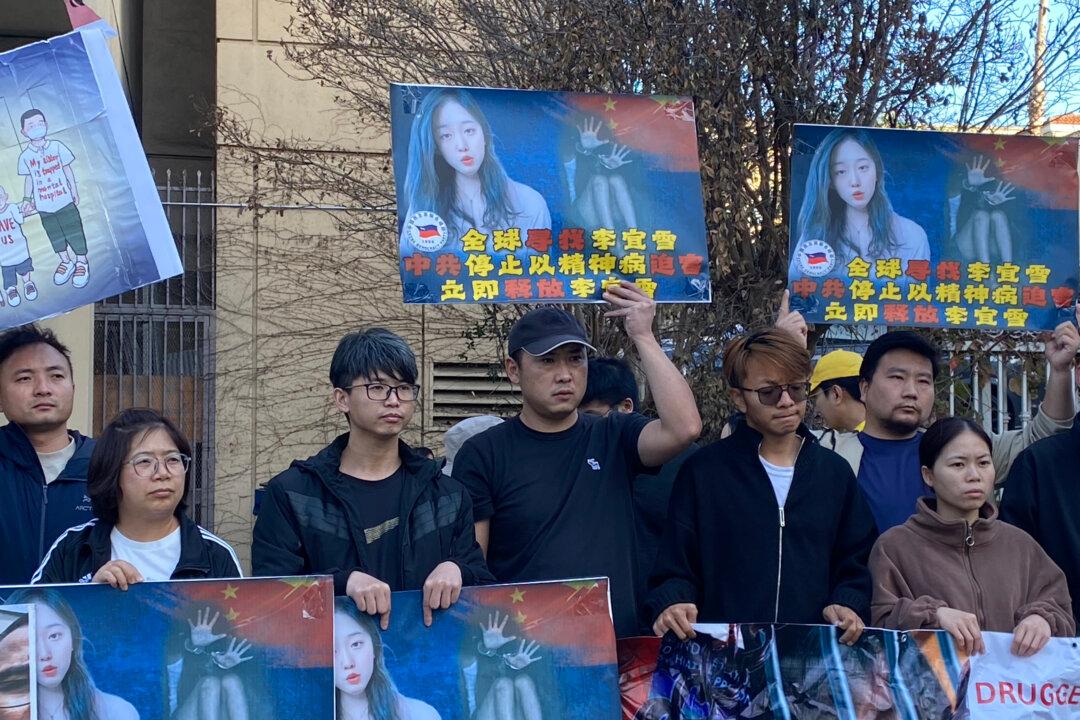After more than 70 days of fighting in northern Myanmar, also known as Burma, the pro-communist Myanmar National Democratic Alliance Army (MNDAA), an armed ethnic rebellion force, has taken over the Kokang region from the ruling military junta.
According to the pro-MNDAA online blog Kokang123, on Jan. 5, the rebel group took full control of Laukkai, the capital of the Kokang Self-Administered Zone of Shan State, and all military personnel surrendered.
The report said that the rebel forces launched the attack on Oct. 27, 2023, and caused more than 2,000 enemy casualties and captured more than 4,000, including six brigadier generals.
The news was also confirmed by the Burmese military junta.
Maj. Gen. Zaw Min Tun, a spokesman for the government, told the pro-junta website Popular News Journal on Jan. 6 that the military and its local commanders had relinquished control of Laukkai after considering several factors, including the safety of family members of the military.
The military also took into account Myanmar’s relationship with the Chinese Communist Party (CCP)), which has been seeking an end to the fighting, Maj. Gen. Zaw Min Tun said.
Kokang is located on Myanmar’s border with China’s Yunnan Province.
Five people were injured when a stray artillery shell landed on Chinese soil during fighting between the Burmese military junta and MNDAA on Jan. 3. The Chinese regime immediately lodged a series of diplomatic protests with Myanmar over the incident.
On Jan. 4, Wang Wenbin, spokesman for the Chinese Foreign Ministry, expressed his strong dissatisfaction with the situation and demanded an immediate ceasefire between the conflicting parties in northern Myanmar.
On the next day, CCP State Councilor and Minister of Public Security Wang Xiaohong had a video conference with Myanmar’s Interior Minister Yabil. The Chinese state media said the two sides were willing to cooperate in law enforcement, border security, and building a “China-Myanmar common destiny.”
From Jan. 4-6, Chinese Deputy Foreign Minister Sun Weidong traveled to Myanmar to meet with Myanmar military junta leader Min Aung Hlaing during a three-day visit.
According to the Chinese state media, the two sides agreed to jointly build the “Belt and Road Initiative” and the China-Myanmar Economic Corridor. Mr. Sun was in Myanmar when the Burmese military surrendered in Kokang. The military junta is apparently under pressure from the CCP.
Since the end of October, the MNDAA has joined forces with the Arakan Army and the Ta’ang National Liberation Army in a coordinated offensive against the Burmese military junta.
The MNDAA was formerly a part of the Communist Party of Burma and historically has enjoyed significant support from the Chinese regime. Its current leader is Peng Daxun, whose father, Pheung Kya-shin, received training and military assistance from the CCP before founding the MNDAA.
The Burmese military junta recognized the autonomy of the Kokang region under the MNDAA in 1989 after years of conflict and turmoil, and Mr. Pheung became the leader of the Kokang region.
The Kokang region was essentially another authoritarian regime under Mr. Pheung and the MNDAA, which was backed by China.